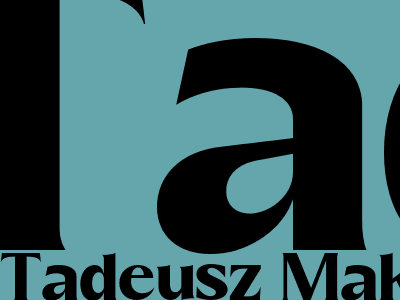Tadeusz Makowski: Polish Painter and Impressionist Master
Early Life and Education
Tadeusz Makowski was born on July 28, 1882, in Warsaw, Poland. His artistic talents emerged at an early age, and he received his formal training at the Academy of Fine Arts in Warsaw and the Académie Julian in Paris.
Makowski's early paintings were influenced by the Impressionist movement, and he became known for his vibrant colors and evocative brushstrokes. He traveled extensively throughout Europe, absorbing the artistic styles and techniques of various cultures.
Artistic Style and Themes
Makowski's artistic style is characterized by its bold brushwork, vibrant colors, and dynamic compositions. He often depicted scenes of everyday life, capturing the essence of people and their surroundings.
Makowski's paintings explored themes of Polish identity, rural life, and the human condition. He was particularly drawn to the beauty of the Polish countryside, often painting scenes of peasants and farmers engaged in their daily activities.
International Recognition
Makowski's work gained international recognition in the early 20th century. He exhibited his paintings in major exhibitions throughout Europe, including the Venice Biennale and the Paris Salon.
Makowski's paintings were highly acclaimed for their technical skill and emotional depth. He became a respected figure in the international art world, and his work continues to be admired by art enthusiasts and collectors alike.
Legacy and Impact
Tadeusz Makowski passed away on November 1, 1932, at the age of 50. Despite his untimely death, he left behind a significant body of work that continues to inspire and captivate viewers.
Makowski's paintings are celebrated for their vibrant colors, bold brushwork, and evocative scenes of everyday life. He played a key role in the development of Polish modernism and remains one of the most renowned Polish painters of all time.

Comments